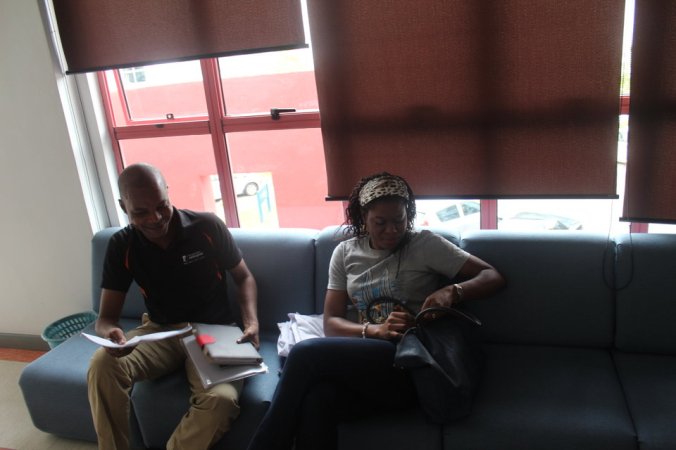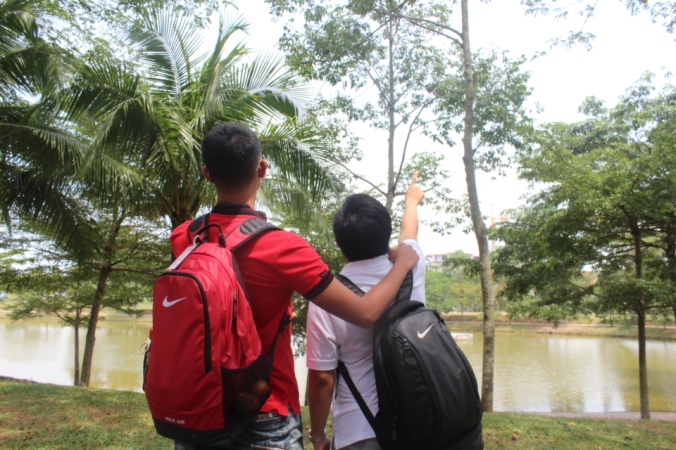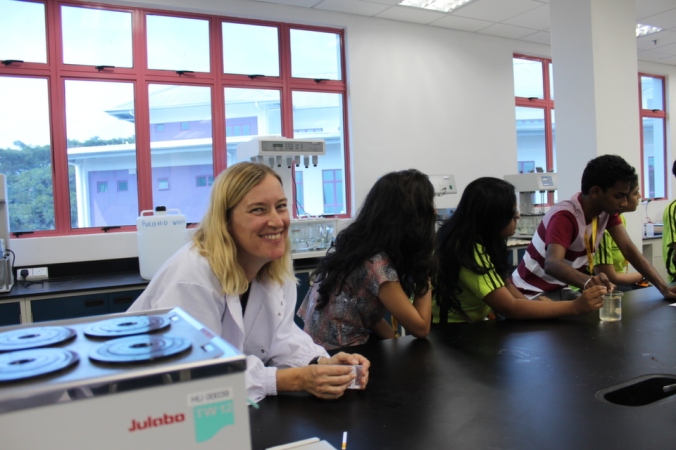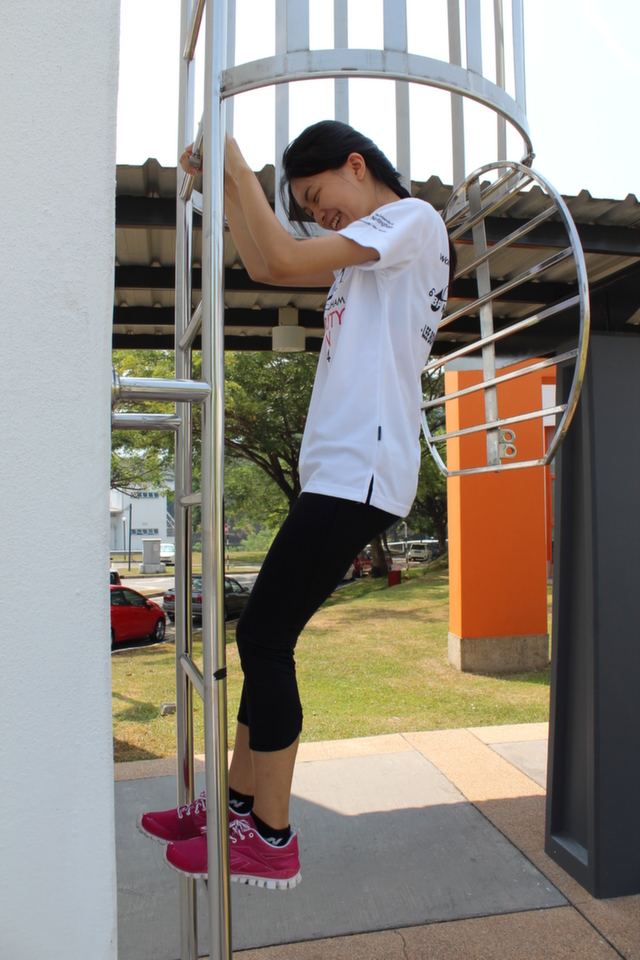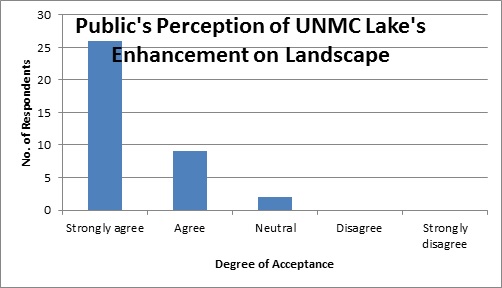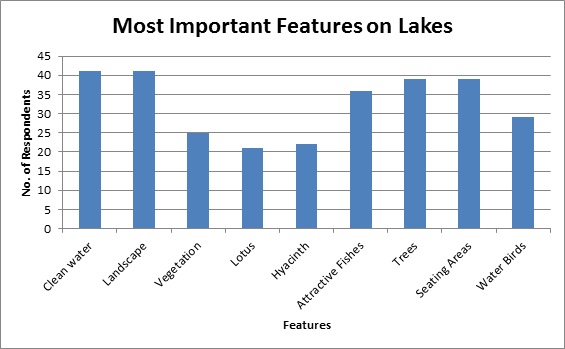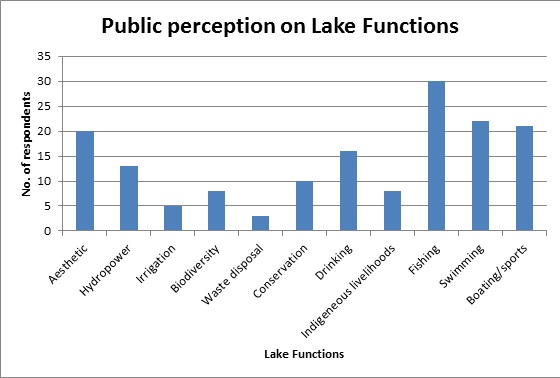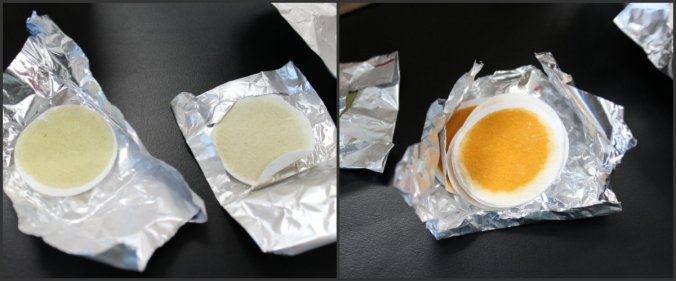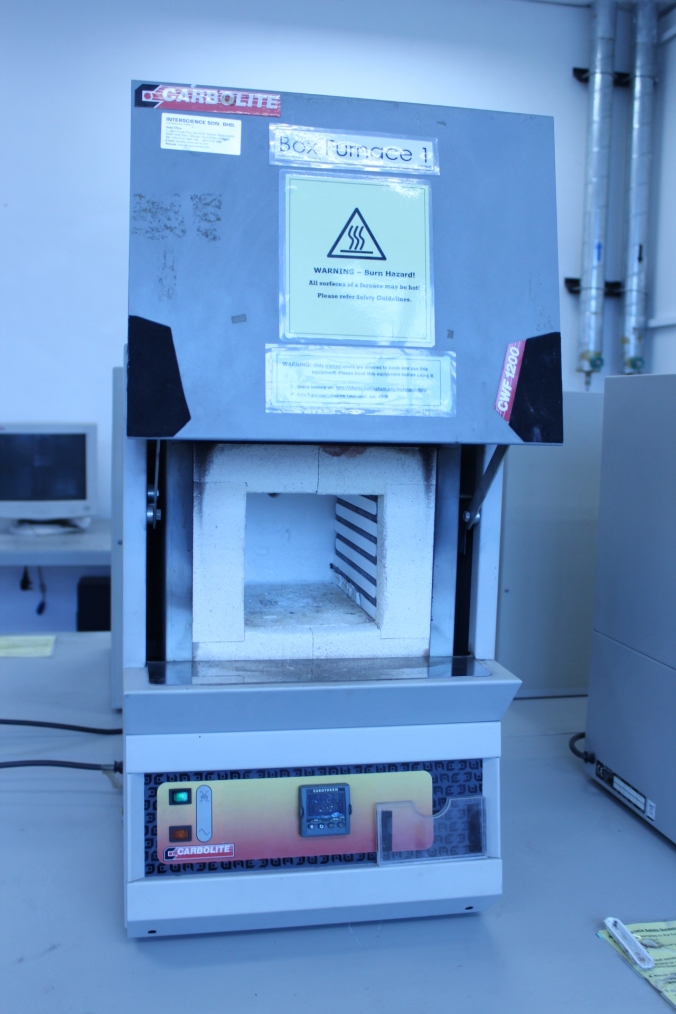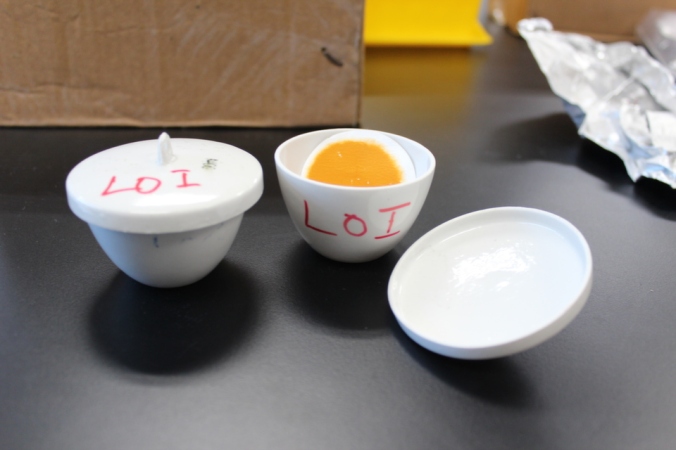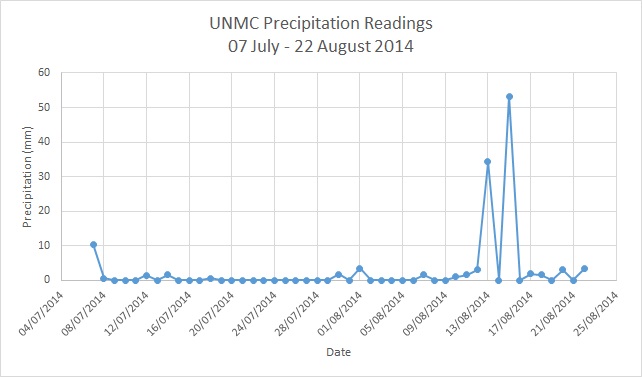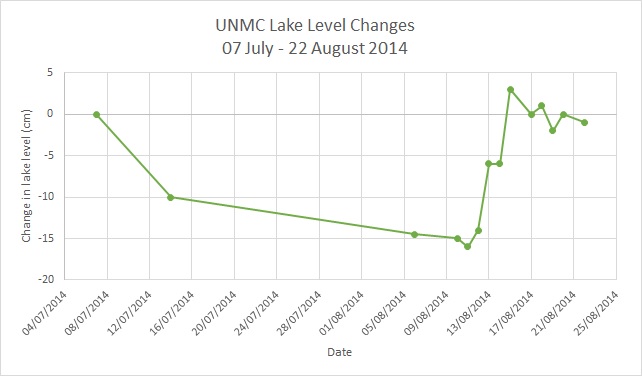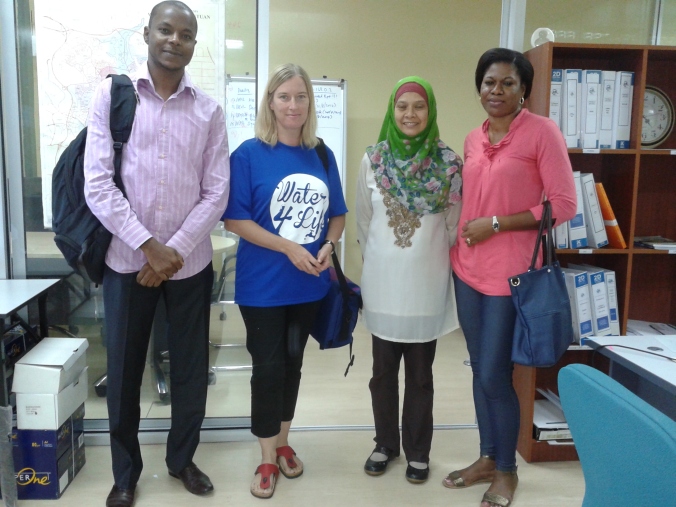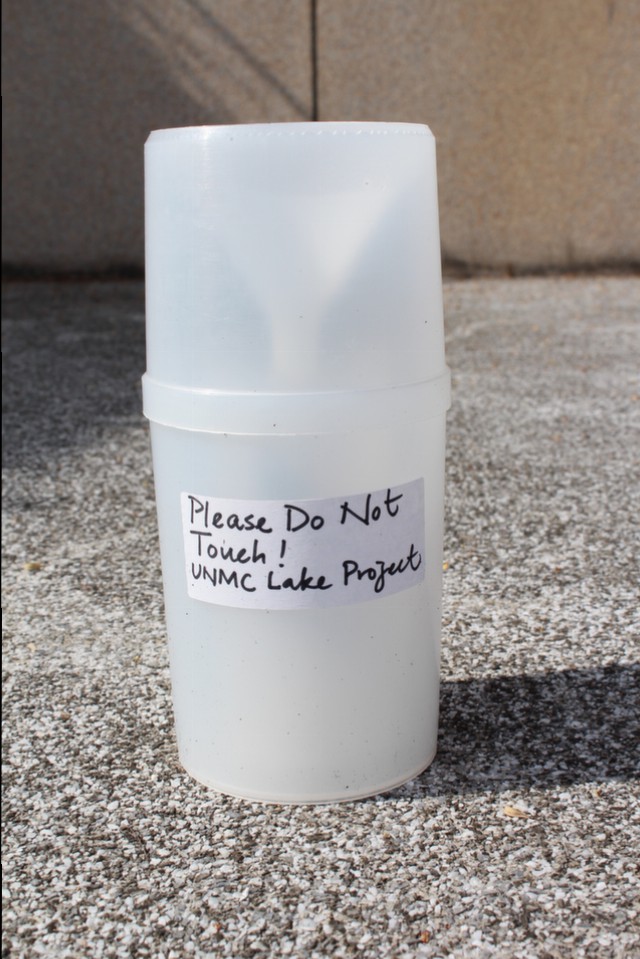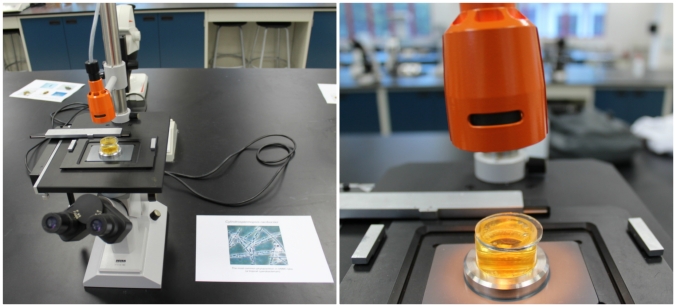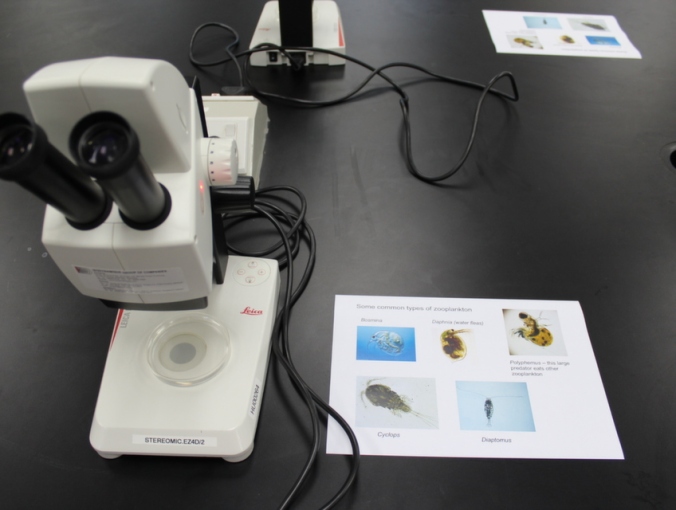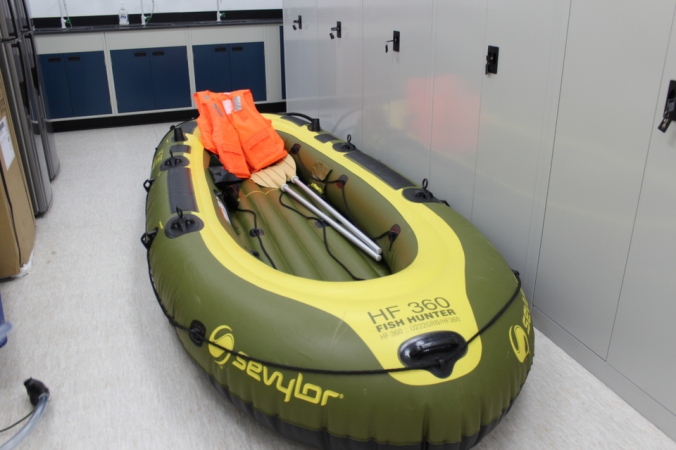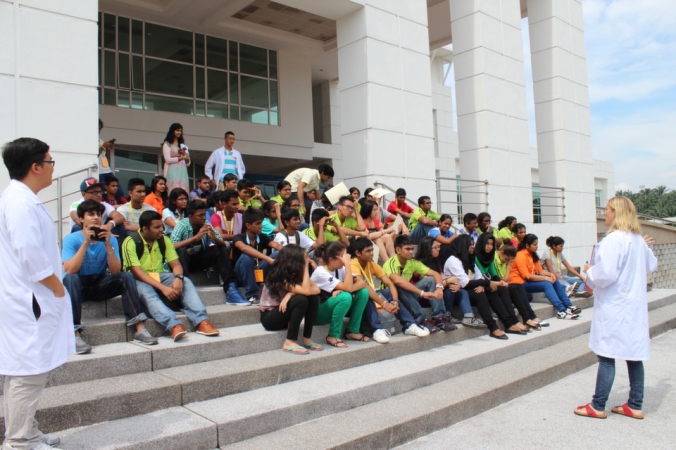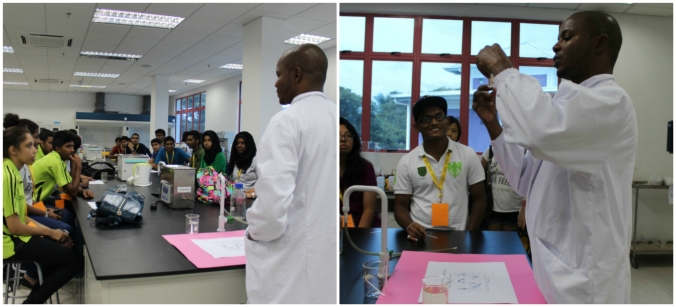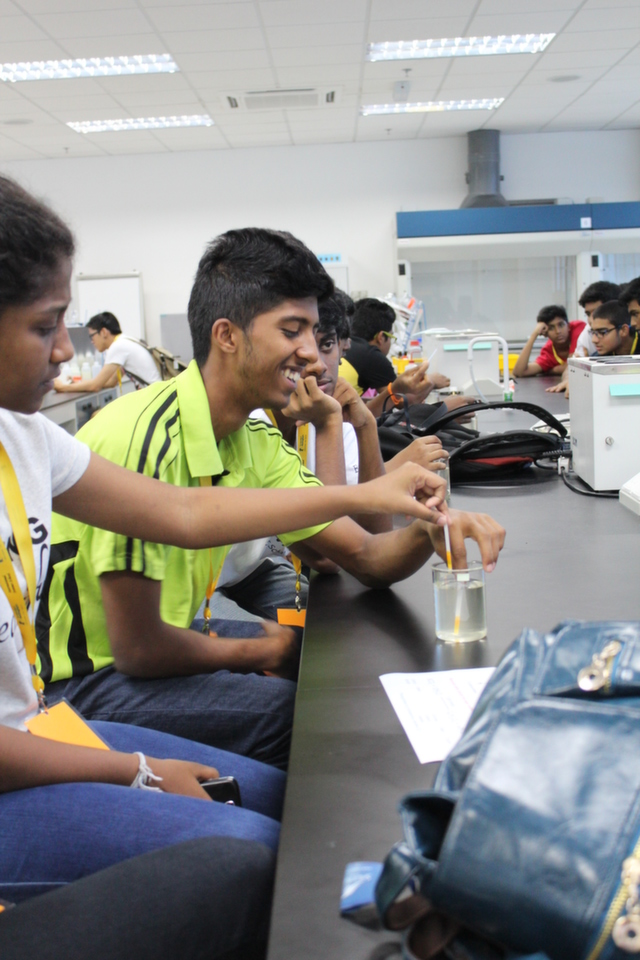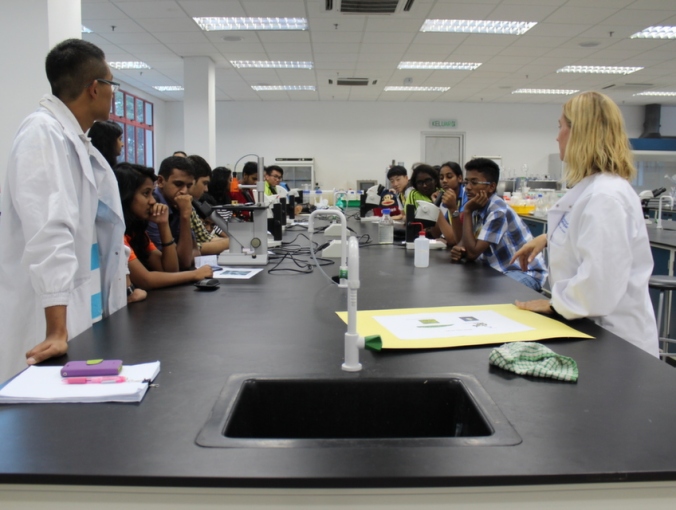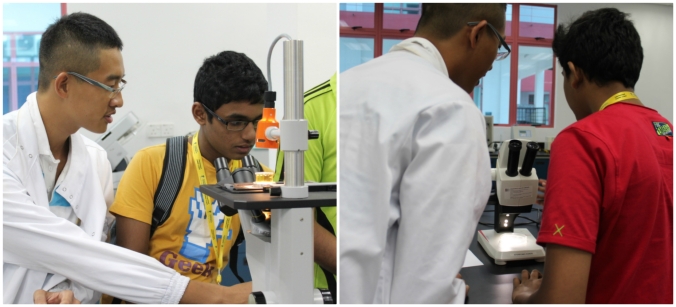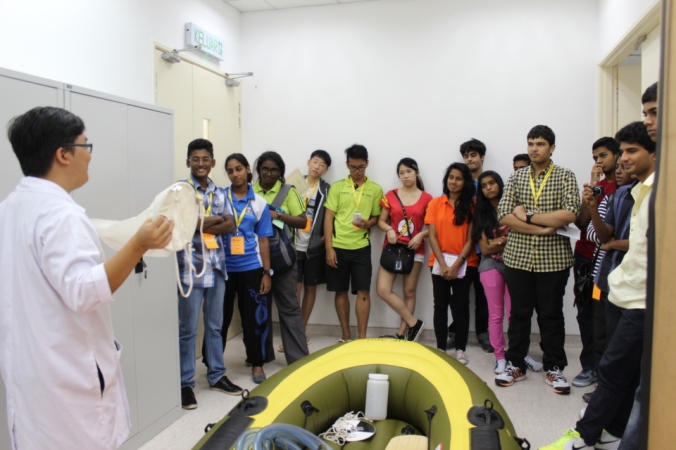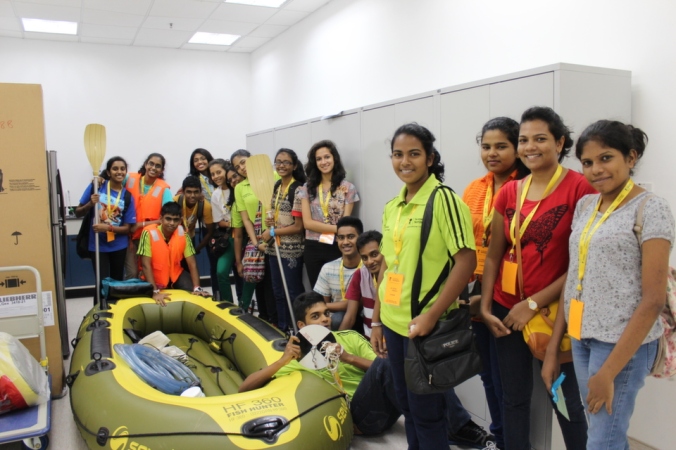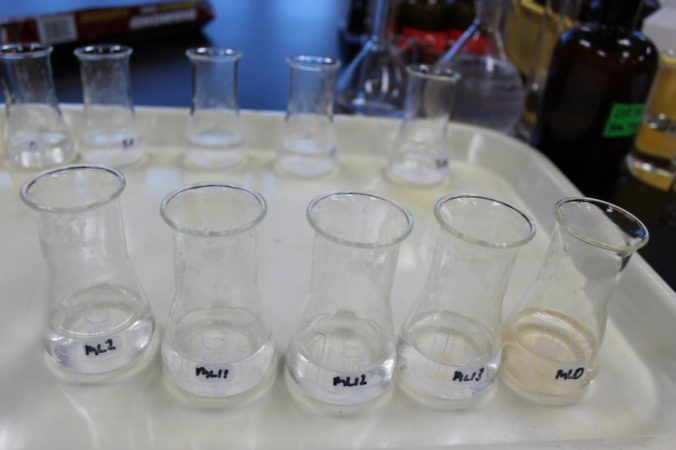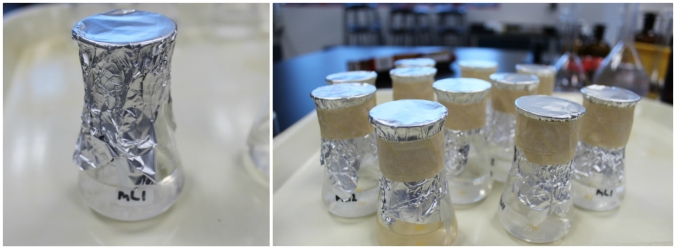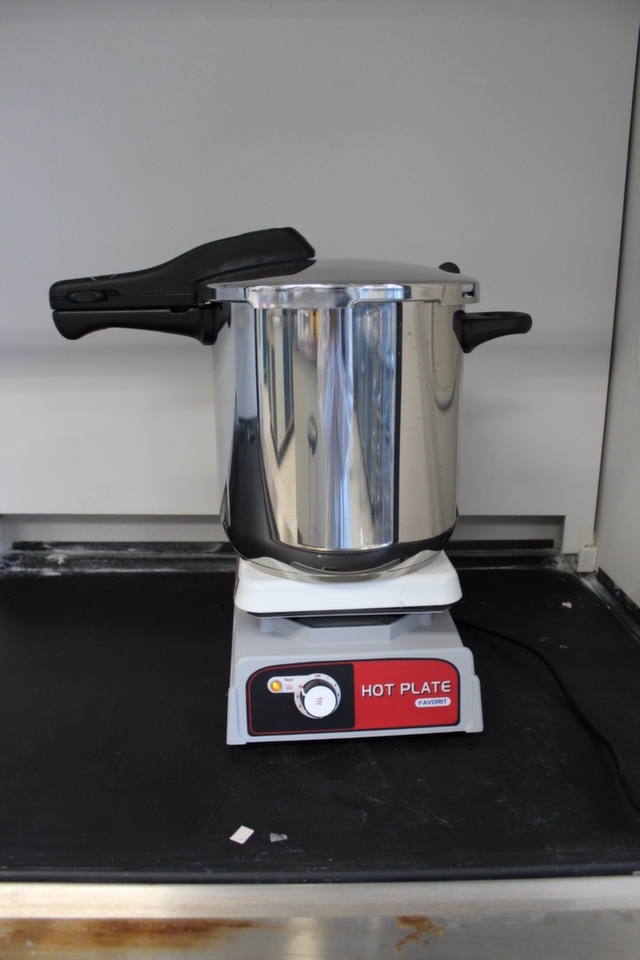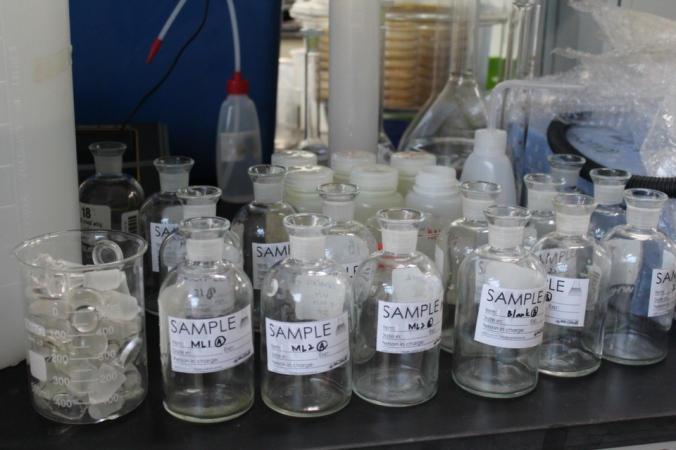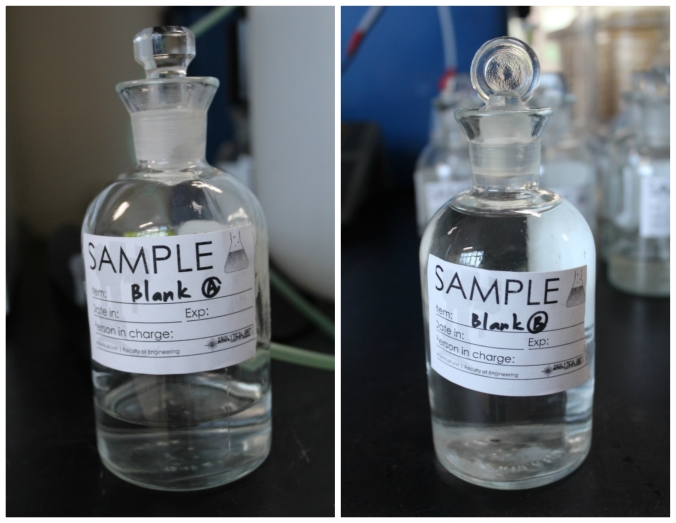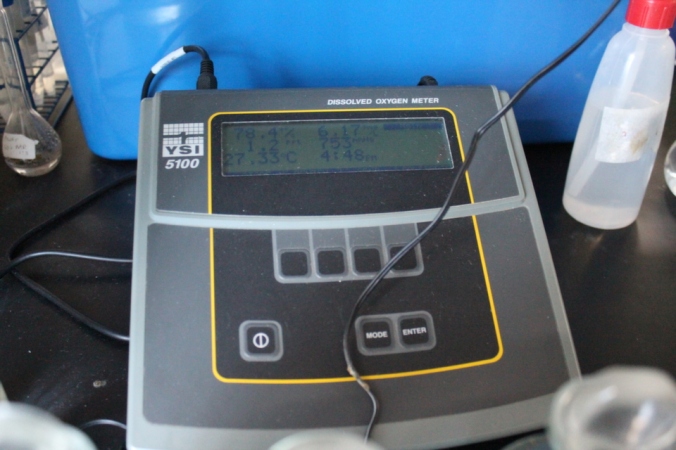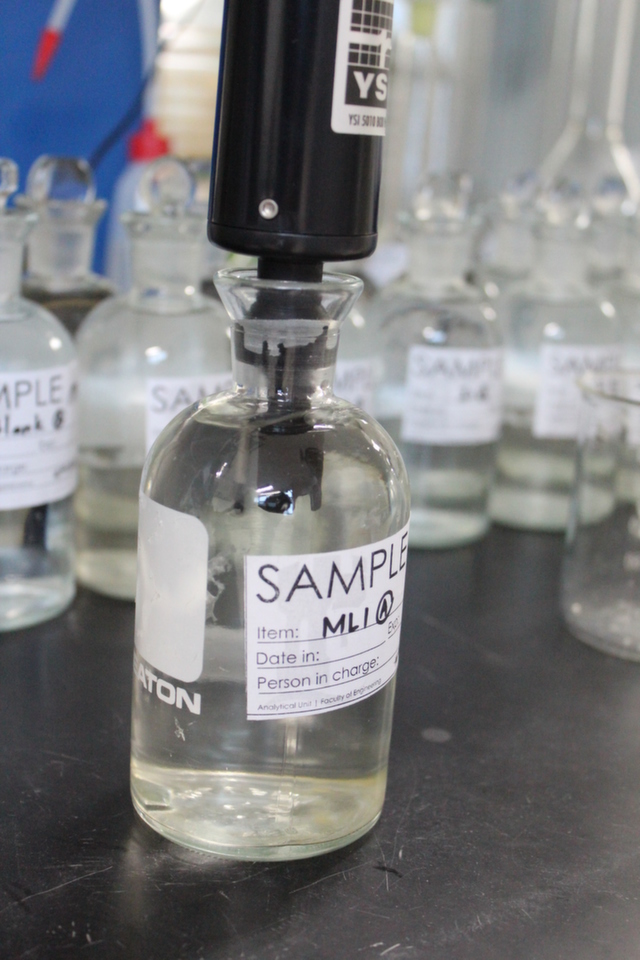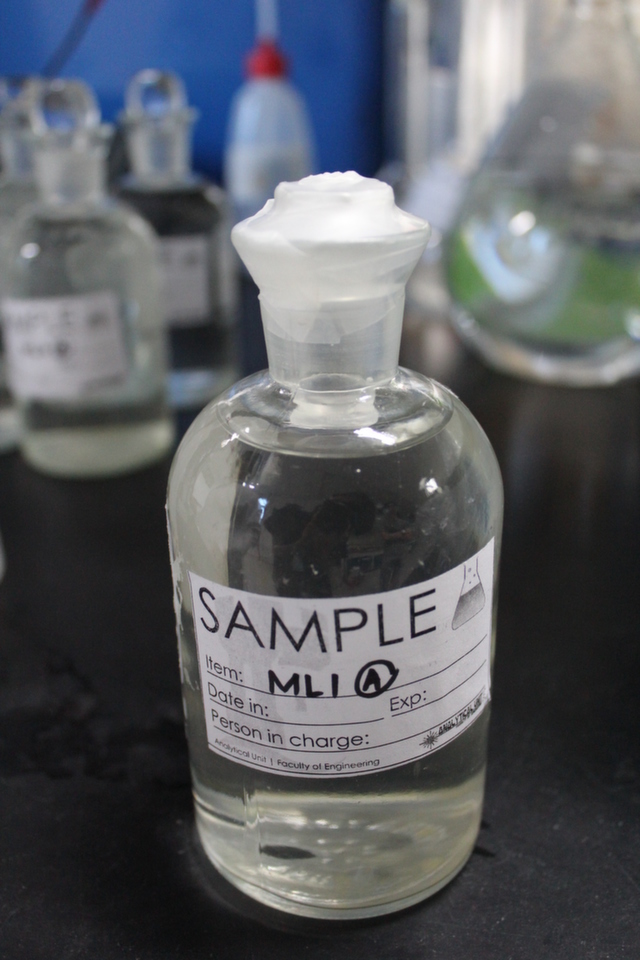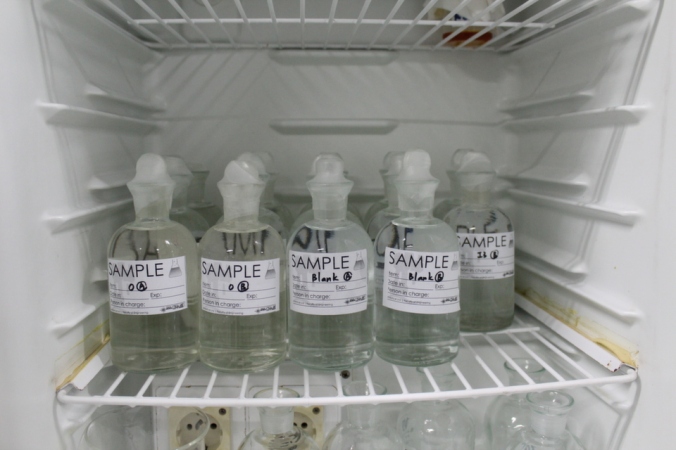Hello again! Today, the UNMC Lake Project would like to bring you some excerpts from an interview with UNMC’s top management by Doris.
As part of the Lake project, Doris had the opportunity to interview some of the top management of UNMC to gather their perception, future expectations and current efforts on the standard of the lake.
Interview with the Provost, Prof. Christine Ennew.
First point of call was the CEO/Provost’s office, where Doris had the privilege to have a friendly chat with the CEO/Provost, Prof. Christine Ennew who described the lake as an “iconic feature; identity of all University of Nottingham Campuses (UK, China and Malaysia); calming and visually appealing”. She also highlighted some uses of lakes such as dog walking, relaxation, physical activities, boating, and nature watching. When asked on features she may wish to see on the lake, she said ducks and water lilies; and that they will make the lake look more natural.
Nevertheless, she is enthusiastic to introduce some activities that will make the lake more enjoyable and attractive as long as “safety and noise issues” are under control.
There is no doubt that Prof is a lover of lakes and anxiously looking forward to see our restoration plan for UNMC lake!
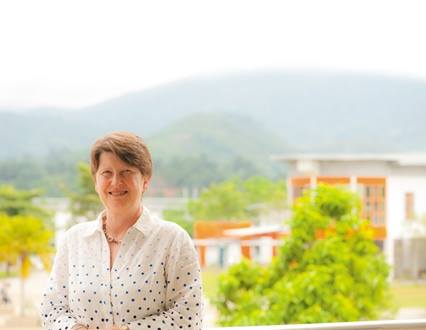
Prof. Christine Ennew, CEO/Provost of UNMC.
Interview with Director of Corporate Marketing, Diana Chee.
“The Lake pictures are mostly used for all our marketing materials such as brochures, online marketing, hand bills and others. It beautifies the Campus. It is very important to maintain the landmark of Nottingham. It has a magnificent view especially the night reflection that brings out the real beauty of the Lake. Photos taken always show the Lake and the Trent which is the symbol of Nottingham.” These were the exact words of Diana when asked to describe the role the UNMC Lake plays in promotion of Campus image.
Her future expectations for the lake, she said “I think more fountains and seats should be added. Also recreational activities such as boating, skiing, fishing should be introduced to the Lake. This will also improve its use for marketing function because it will be better to get different pictures of a busy lake with students/staff having fun on it. It will be beautiful to have ducks around the Lake and the pictures will come out so well.”
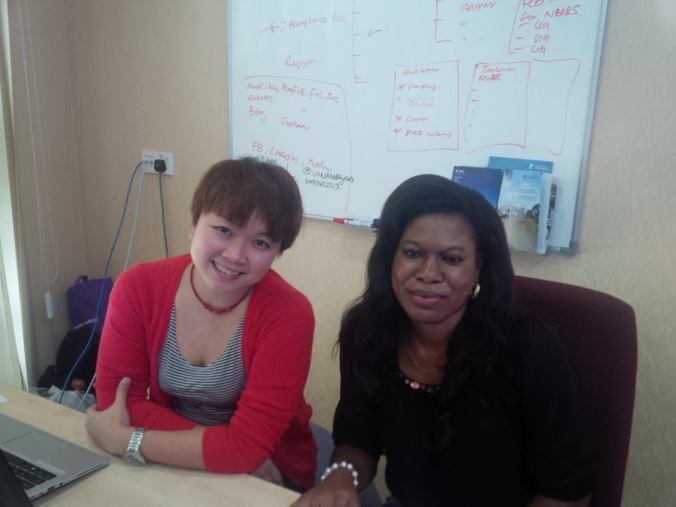
Director of Corporate Marketing, Diana Chee with Doris.
Interview with Director of Estates, Sandy Loke.
Lastly, the estate department was visited and Doris had a long chat with the Director of Estates, Sandy Loke Lai Mooi.
She threw more light on how the lake is managed, sources of water, drainage pattern and management in the words below:
“The Estate Department takes care of the lake maintenance. There are different contractors for daily cleaning of the pathways and removal of leafy and other debris from the water. The major source of the lake water is rainfall. Runoff from different parts of the campus all drain into the lake and flows through the outflow if the normal level is exceeded. There are 3 pollutant traps which removes all the rubbish before rain water drains into the lake. The traps are cleaned every 6 months. There are also 3 grease/oil traps (2 at Sodexo canteen and 1 at the block A canteen). Laboratory waste water goes into a dilution tank first and checked by the estate department before draining into the lake.Waste water from the halls all go into the sewage treatment plant where it is treated before discharge into the public drain.”
From the interview, it can be gathered that the UNMC Management values the lake and are putting in efforts to improve the state of the iconic UNMC Lake. Hopefully, with the vision of the UNMC management as well as efforts from all parties, there will be an increase in UNMC Lake functions in the near future!
Till next time,
The UNMC Lake Project Team.
